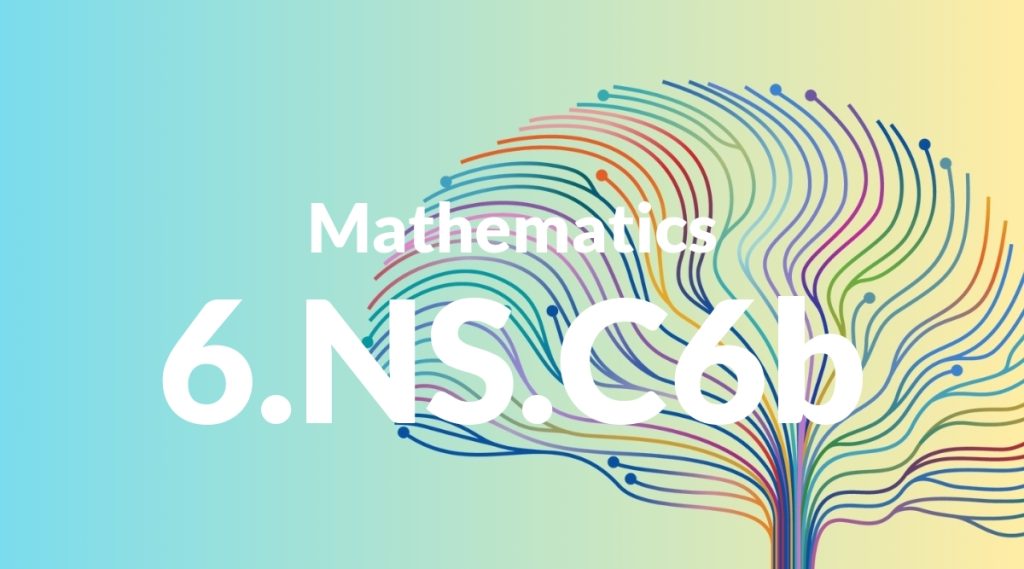Standard: 6.NS.C6b – Understand signs of numbers in ordered pairs as indicating locations in quadrants of the coordinate plane; recognize that when two ordered pairs differ only by signs, the locations of the points are related by reflections across one or both axes.
Grade level: Grade 6
Subject: Mathematics
Domain: The Number System
Teacher Overview
This standard focuses on understanding how the signs of numbers in ordered pairs indicate their locations in the coordinate plane and how points are related by reflections across the axes. Mastery of this concept is crucial for students as it lays the groundwork for more advanced topics in geometry and algebra. Students need to be comfortable with the basic layout of the coordinate plane, including identifying and plotting points using ordered pairs.
After mastering this standard, students will be able to graph linear equations, understand slopes, and analyze geometric transformations such as rotations and translations.
Common Misconception 1
A common misconception is that the signs of the numbers in an ordered pair do not matter. This is incorrect because the signs determine the quadrant in which the point is located, which is essential for understanding reflections.
Intervention 1
To address this misconception, use coordinate grid exercises where students plot points and observe how changing the signs affects their location. Visual aids and interactive activities can reinforce this understanding.
Common Misconception 2
Another misconception is that points with different signs are unrelated. This is incorrect because points that differ only by signs are reflections of each other across the axes.
Intervention 2
Hands-on activities with mirrors or symmetry exercises can help students visualize how points are reflected across the axes, reinforcing the relationship between points with different signs.
Prerequisite Knowledge
Students should have a basic understanding of the coordinate plane, including the x- and y-axes, and how to plot points using ordered pairs.
Subsequent Knowledge
Students will develop skills in graphing linear equations, understanding slopes, and analyzing geometric transformations such as rotations and translations.
Instructional Activities
- Plotting points on a coordinate grid
- Using mirrors to explore reflections
- Creating symmetrical art projects
- Playing coordinate grid games
- Analyzing real-world maps and GPS coordinates




